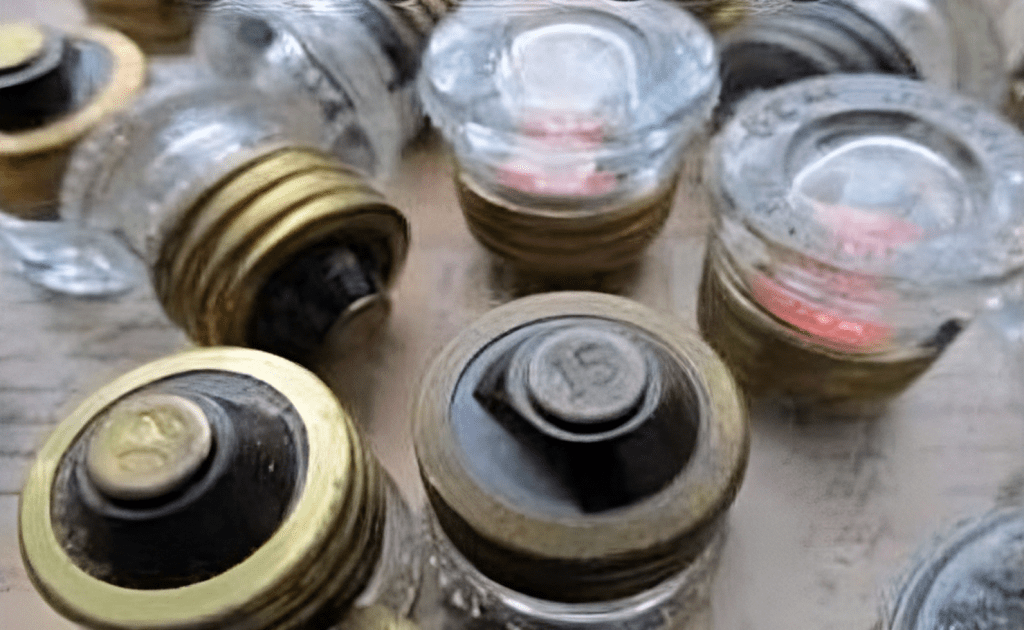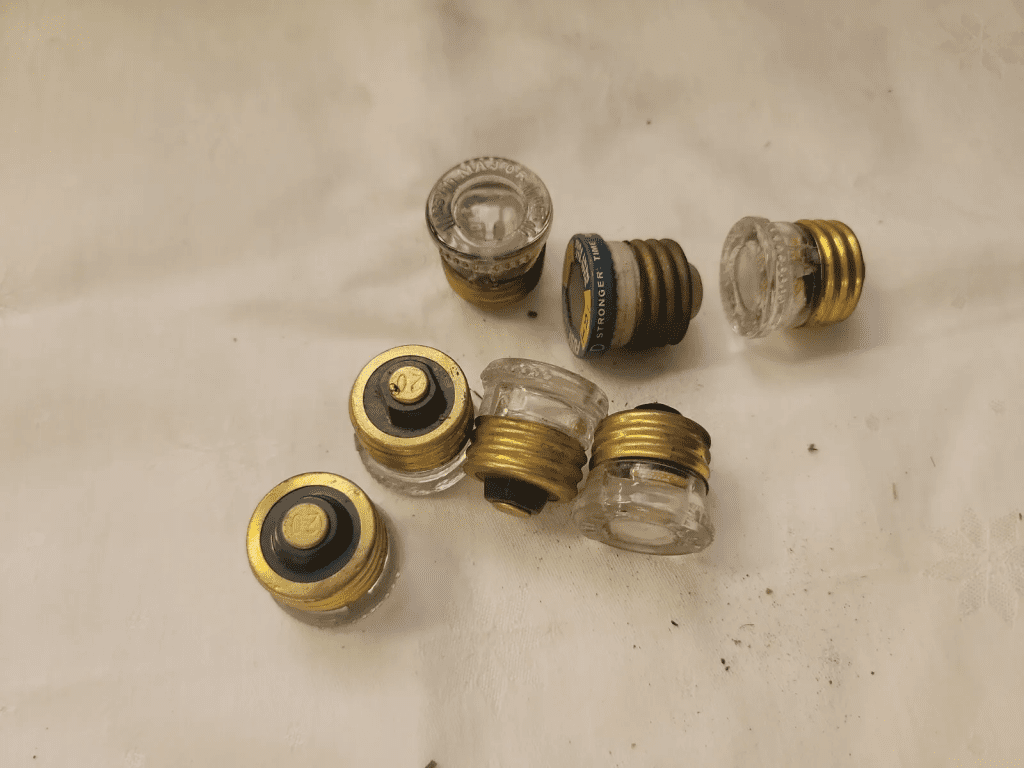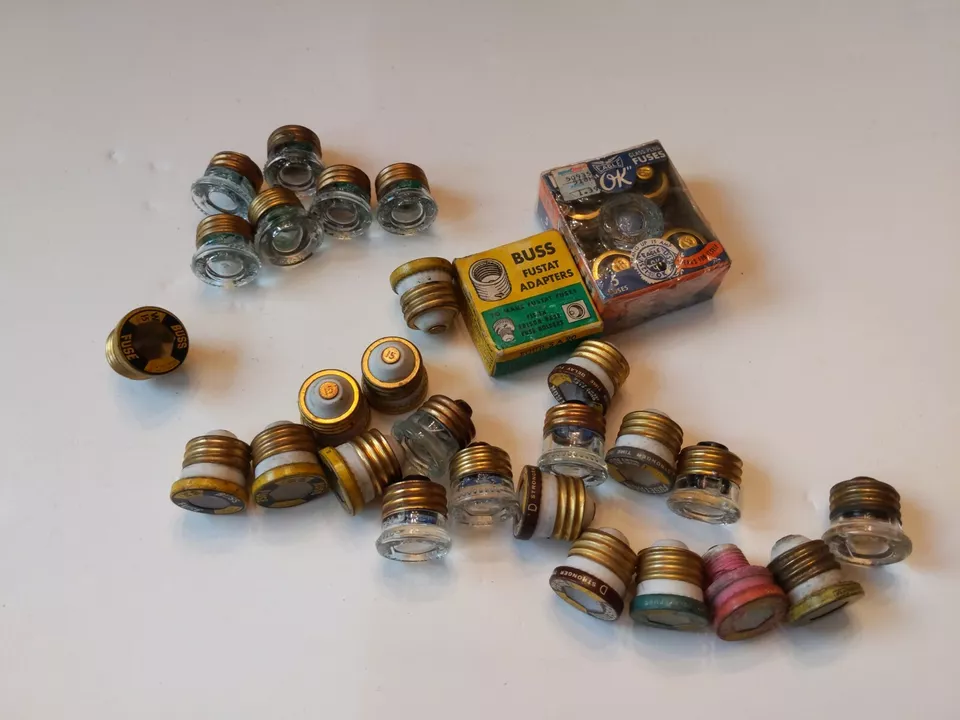Fuses are integral components in the world of electrical engineering and electronics. While they might seem like a simple piece of hardware, their role in ensuring safety and preventing electrical disasters cannot be overstated. A fuse is more than just a small device—it is a lifeline that protects electrical systems from overcurrents and short circuits.
What Is a Fuse and How Does It Work?

At its core, a fuse is an electrical safety device designed to interrupt the flow of current when it exceeds a safe level. By “sacrificing” itself—melting its internal element—a fuse prevents damage to the circuit it protects.
The Purpose of a Fuse
- Overcurrent Protection: Fuses are designed to cut off power when excessive current flows through a circuit, preventing overheating and potential fires.
- Short Circuit Mitigation: If a live wire comes into contact with a grounded component, a fuse stops the surge of current that could otherwise lead to catastrophic results.
- Equipment Safety: Sensitive electronics are safeguarded from damage caused by power surges or device malfunctions.
When a fuse operates, it creates an open circuit, stopping the flow of electricity. This action ensures that the fault does not propagate further, protecting both the equipment and the people who operate it.
The History of Fuses: A Glimpse into the Past
The history of fuses is as old as the development of electrical systems. The concept of using sacrificial elements to protect circuits can be traced back to the mid-19th century.
- Early Innovations: In the 1860s, wire or foil elements were used to protect telegraph cables and lighting systems from damage caused by lightning strikes.
- Edison’s Patent: Thomas Edison patented the fuse in 1890 as part of his electric distribution system. His invention paved the way for modern electrical safety.
From these humble beginnings, fuses evolved into highly specialized devices tailored to meet the needs of a wide range of applications, from household appliances to industrial systems.
How Are Fuses Constructed?
The construction of a fuse is simple yet highly effective. It typically consists of a metal strip or wire (known as the fuse element) housed in a protective casing.
Key Components
- Fuse Element:
- Made from materials like zinc, copper, silver, or aluminum, chosen for their predictable melting points.
- Designed to carry its rated current indefinitely but melt quickly when excess current flows.
- Protective Housing:
- Usually made of non-combustible materials such as ceramic, glass, or plastic to contain any potential arc or sparks.
- Supporting Structure:
- In large fuses, steel or nichrome wires may provide structural support to the element.
Some fuses include additional features, such as silica sand for arc quenching or springs to speed up the disconnection process when the element melts.
Types of Fuses: Meeting Every Need

Not all fuses are created equal. Different applications require specific fuse designs to ensure optimal performance.
1. Fast-Blow Fuses
- Purpose: Designed to open quickly in response to overcurrent.
- Applications: Used in sensitive electronics where even brief exposure to high current can cause damage, such as semiconductors and precision instruments.
2. Slow-Blow (Time-Delay) Fuses
- Purpose: Withstand short-term surges without blowing, such as the inrush current of motors.
- Applications: Found in appliances like refrigerators, motors, and lighting systems.
3. Dual-Element Fuses
- Purpose: Combine fast-acting protection for short circuits with a time-delay feature for overloads.
- Applications: Common in industrial and HVAC systems.
4. Cartridge and Blade Fuses

- Purpose: Compact and durable, these fuses are designed for automotive and industrial use.
- Applications: Found in cars, heavy machinery, and control panels.
5. Resettable Fuses (Polyfuses):
- Purpose: Automatically reset after the fault condition is cleared, eliminating the need for replacement.
- Applications: Used in low-voltage devices like laptops and cell phones.
Understanding Fuse Characteristics
Fuses are not one-size-fits-all; their performance is defined by key characteristics that determine how they respond to different conditions.
Time vs. Current Behavior
The speed at which a fuse operates depends on the level of current passing through it.
- Fast-Blow: Opens almost instantly when the current exceeds its rated value.
- Slow-Blow: Delays operation to tolerate temporary surges but blows under sustained overloads.
Breaking Capacity

This refers to the maximum current a fuse can safely interrupt without causing damage to the circuit or itself. High-capacity fuses are used in industrial applications where fault currents can be significant.
Voltage Rating
A fuse must be rated for the maximum voltage it can safely interrupt. Exceeding this rating can cause arcing and compromise the fuse’s ability to protect the circuit.
Fuses vs. Circuit Breakers: What’s the Difference?
While both fuses and circuit breakers serve the same purpose—overcurrent protection—their operation and characteristics differ significantly.
Fuses
- Advantages:
- Simpler and less expensive.
- React faster to overcurrent conditions.
- Disadvantages:
- Must be replaced after blowing.
- Cannot be reset like circuit breakers.
Circuit Breakers
- Advantages:
- Can be reset after tripping.
- Suitable for applications requiring frequent switching.
- Disadvantages:
- More complex and costly.
- Slower response compared to fuses.
Each device has its place, with fuses being ideal for applications where quick, one-time protection is needed and circuit breakers offering flexibility and reusability.
The Role of Fuses in Modern Electrical Systems

From safeguarding household appliances to protecting complex industrial systems, fuses remain a cornerstone of electrical safety.
Household Use
Fuses are used in electrical panels, power strips, and small appliances, ensuring that faults in wiring or devices don’t escalate into fires or equipment damage.
Automotive Applications
Modern vehicles rely on blade fuses to protect circuits for headlights, air conditioning, and other essential systems.
Industrial Systems
In factories and power plants, high-capacity fuses shield equipment from overcurrents, minimizing downtime and ensuring worker safety.
Conclusion: Fuses, the Unsung Heroes
Fuses may seem simple, but their role in electrical safety is nothing short of vital. They protect lives, property, and systems by silently sacrificing themselves in the face of danger.
As technology advances, fuses continue to evolve, ensuring they meet the demands of increasingly complex systems. Whether in a home, car, or industrial setting, these unassuming devices stand as steadfast guardians of safety, quietly doing their job until called upon to save the day.
The next time you see a fuse, remember: it’s not just a piece of metal—it’s a hero waiting to protect you.


